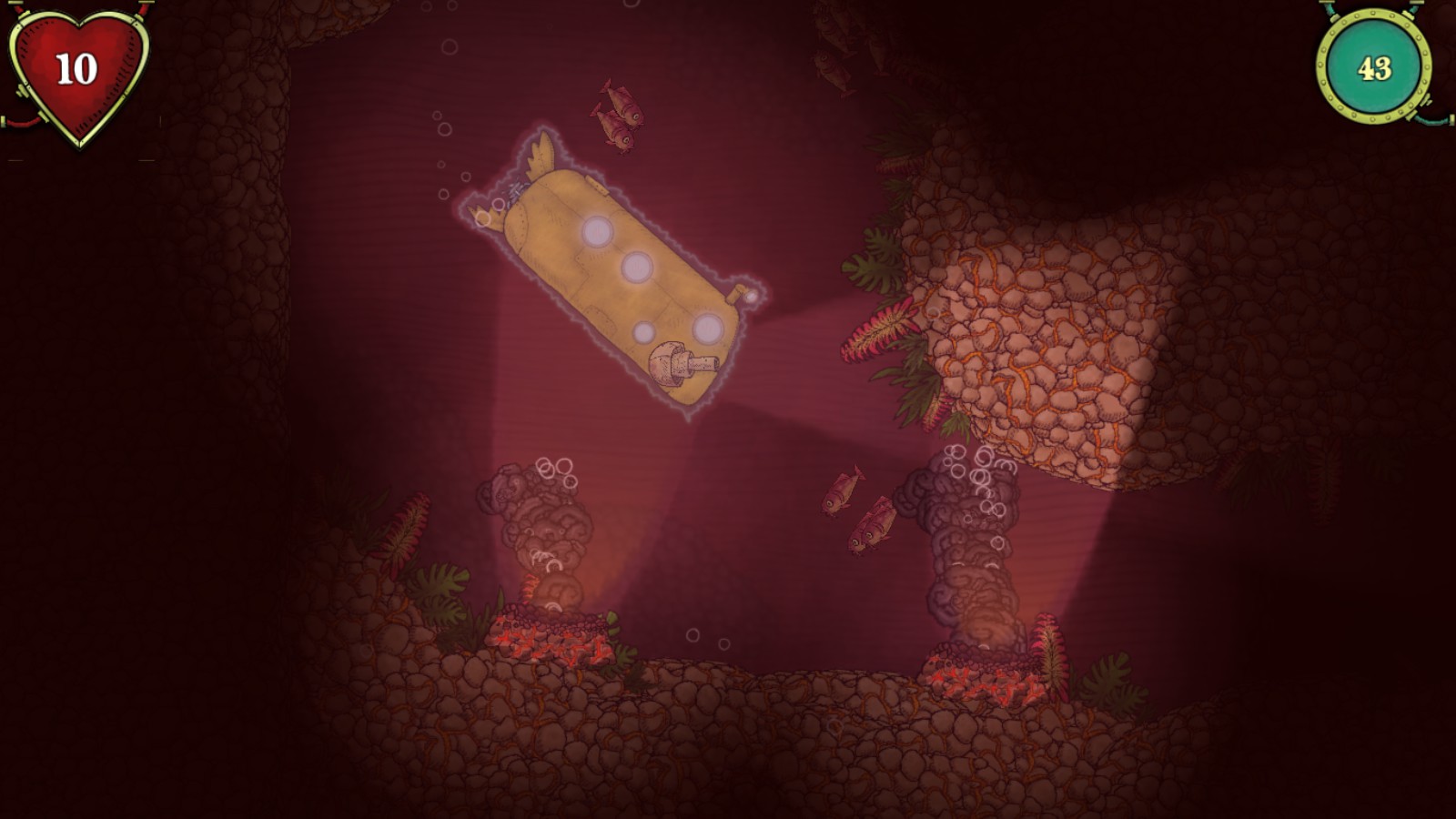
This phenomenon is similar to the exponential increase in friction forces that develops as a cable is wound around a winch drum. With uni-directional rotation, the torque developing at the needle–tissue interface increases exponentially as the needle rotates.
#We need to go deeper syringe skin#
Both uni-directional, whereby the needle is rotated continuously in one direction, and bi-directional rotation, with the needle rotated back and forth, cause a measurable increase in the amount of force necessary to pull the needle out of the skin ( Langevin et al. In humans, winding of connective tissue is quantified using robotic acupuncture needling as well as ultrasound elastography imaging techniques ( Figure 3.1 Langevin et al. Thus, acupuncture needles can be used to create sustained, localized and specific stretching of subcutaneous and deeper connective tissue layers. Furthermore, when acupuncture needles are left in situ after being rotated, the connective tissue whorl does not immediately unwind, which allows the connective tissue stretch to persist for several minutes. Once a needle–tissue bond is established, any further motion of the needle, either rotation or up-and-down, effectively pulls the tissue along the direction of needle motion.īecause needle rotation causes pulling and gathering of connective tissue from the periphery toward the needle, this form of needle manipulation results in a unique form of ‘internal’ tissue stretching that predominantly involves the ‘loose’ subcutaneous or inter-muscular connective tissue layers with little stretching of the skin.

Winding of collagen, which can occur with as little as half a revolution of the needle, causes connective tissue to follow the rotating needle and then adhere to itself, further increasing the mechanical bond between needle and tissue. When acupuncture needles are rotated, collagen bundles adhere to the needle and wind around its shaft, creating a small ‘whorl’ of collagen in the immediate vicinity of the needle, i.e., within a few millimeters ( Kimura et al. An important characteristic of acupuncture needles is that their small diameter (typically less than 300 µm) allows a unique form of interaction to occur between the needle and connective tissue ( Langevin et al. Langevin, in Trigger Point Dry Needling, 2013 Needles and connective tissueĪcupuncture needles are fine, filiform needles used both in traditional acupuncture as well as in more recently developed ‘dry needling’ techniques. Only purchase single-use disposable needles. The typical diameter and length (which refers to the exposed part of the shaft, not including the handle) of acupuncture needles commonly used are shown in Table 11.3. Such needles should be rejected as soon as the problem is discovered. The modern needle is manufactured to a high standard, but occasionally the point is blunt or hooked, or the handle not firmly attached to the shaft.

This is supposed to be less traumatic – pushing tissue fibres apart rather cutting them – but it can still damage blood vessels, nerves and other structures if the needle or the patient moves. The needle tip does not simply taper to a point like a pencil, but has a rounded profile (traditionally likened to a pine cone) shown in Figure 11.1. There have been reports that silicone fragments may break off the surface coating and (theoretically) provoke foreign body reactions, but this is a risk common to all silicone-coated hypodermic needles and surgical instruments, not just acupuncture needles. The various features of the needles are listed in Table 11.2. The shaft is generally stainless steel sometimes coated in silicone and handles may be of metals or plastic, as shown in Plate 1. In An Introduction to Western Medical Acupuncture, 2008 Standard needlesĪcupuncture needles consist of a shaft and a handle.


 0 kommentar(er)
0 kommentar(er)
